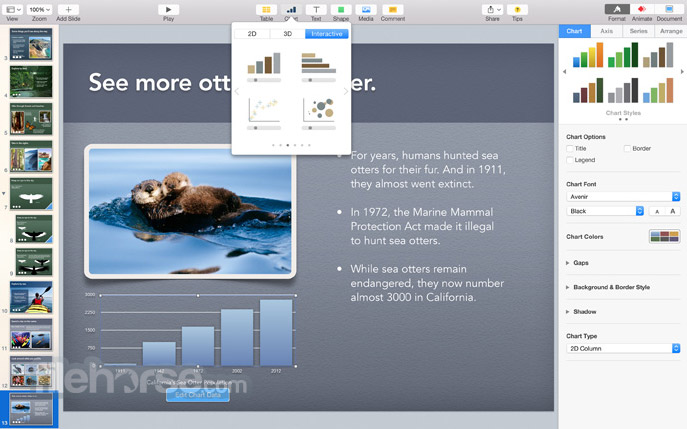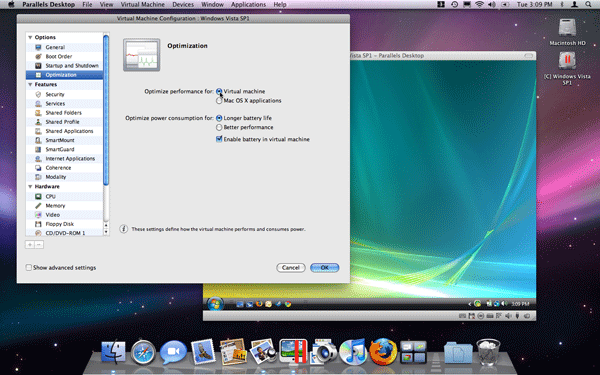Parallels has released a Technical Preview Program for running Parallels Desktop 16 on M1-powered Macs. The company says that it created a “new virtualization engine that uses the Apple M1 Mac chip hardware-assisted virtualization” to allow users to run ARM-based operating systems, including Windows, in a virtual machine.
You now have a reliable and quick way to run Windows 10 on an M1-based Mac — provided you're willing to make some tradeoffs. Parallels has released Desktop 16.5 for Mac with full support for M1. Parallels Desktop 16.5 for Mac Supports Both M1 and Intel Chips; Run Windows 10 at Native Speeds on Mac Computers with a Seamless Experience Loved by Millions1 – Parallels Access and Parallels Toolbox apps have native support for M1 Mac Computers “Apple’s M1 chip is a significant.
Parallels points out some limitations with the first version of the Parallels 16 Technical Preview for Apple Silicon Macs:
- It is not possible to install or start an Intel x86 based operating system in a virtual machine.
- It is not possible to suspend and resume a virtual machine, including reverting to a “running state” snapshot.
- It is not possible to use the “close” button when a virtual machine is running – shut down the virtual machine instead.
- ARM32 applications do not work in a virtual machine.
The company says it continues to focus on expanding the capabilities of Parallels on M1 Macs as well:



Many Parallels Desktop features depend on a virtualization engine and guest OS architecture and must be developed nearly from scratch for the Apple M1 chip: starting from running an OS itself, graphics, the ability to suspend/resume a virtual machine, seamless integration, Coherence mode, Shared Folders, and many more. While our team continues to work hard on bringing all of the best Parallels Desktop features to Mac computers with Apple M1 chip, we are proud to share the results we achieved with this significant milestone.
With those limitations in mind, however, this technically means that you can run the ARM version of Windows using the Parallels Technical Preview on an M1 Mac. Microsoft does not sell a version of Windows that will run on Apple Silicon Macs with Parallels, but the company has made a version available to members of the Windows Insider Program.
You can head to the Microsoft website to download the Insider Preview version of Windows for use an Apple Silicon Mac with Parallels. If you’re not a member of the Insider Preview program, you can also request to join through this link.
Here’s a look at the process of installing Windows through Parallels on an M1 Mac in action:
Today’s release of the Parallels Desktop 16 Technical Preview for M1 Macs comes less than a month after the company teased that it was in development. This release makes a major milestone in the ongoing quest for a way to run Windows on M1 Macs.
Do you plan on using the Technical Preview of Parallels Desktop 16 to run Windows on M1-powered Macs? Let us know down in the comments!
Read more about running Windows on M1 Macs:
FTC: We use income earning auto affiliate links.More.
Parallels has announced that version 16.5 of its virtualization software, Parallels Desktop for Mac, is now generally available, bringing with it native support for Apple's new M1 chipset. Ever since Apple announced its first Macs powered by in-house ARM processors, more and more companies have had to update their apps to run natively on they new silicon, since Intel-based apps have to be emulated, this resulting in some performance overhead.
The benefits of native support should be especially evident in Parallels Desktop, since virtualization software tends to use a significant amount of hardware resources. In fact, that's why Parallels prioritized adding native support for the M1 chip, as Nick Dobrovolskiy, Senior Vice President of Engineering and Support, says:
'Apple's M1 chip is a significant breakthrough for Mac users (...). The transition has been smooth for most Mac applications, thanks to Rosetta technology. However, virtual machines are an exception and thus Parallels engineers implemented native virtualization support for the Mac with M1 chip. This enables our users to enjoy the best Windows-on-Mac experience available.”
Parallels is making some big claims about the performance and power efficiency improvements, but you have to read the fine print to put things in the correct perspective. First, it promises to be 250% more power-efficient on an Apple M1 Mac compared to a 2020 Intel-based MacBook Air. However, it's actually compared an Apple M1 MacBook Air with 16GB of RAM to a model powered by an Intel Core i5-8210Y and 8GB of RAM, which was actually released in July 2019. There is a newer Intel-based MacBook Air with Ice Lake processors, but that's not what's being used here.
It also promises up to 60% more performance on an Apple M1 MacBook Pro versus an Intel-based one, but that's with an Intel Core i9-8950HK and AMD Radeon Pro 555X GPU, again ignoring the most recent generation of MacBooks. Finally, it promises up to 30% more performance on a Windows VM, but again, that's comparing to the same Core i9-8950HK processor, though this time with a Radeon Pro Vega 20 GPU and 32GB of RAM, double of what's in the M1-based MacBook Pro used in the comparison. As such, while there may be improvements in performance, they may not be as significant as suggested in Parallels' announcement.
Parallels Desktop For Mac With Apple M1 Garand
There's also another problem that this update doesn't solve. As we noted in our review of the M1 MacBook Pro, many of the Windows 10 inbox apps don't run on the Apple M1, since it only supports 64-bit ARM apps, while Windows 10 still ships with many 32-bit ones. Also, Microsoft only releases VHDX images for Windows on ARM Insider Previews, so you can't get a stable version of the OS running on Macs just yet.
Parallels Desktop For Mac With Apple M1 Chip
Update: As noted by one of our readers, you should be able to run ARM32 apps in Parallels now. Users on the Parallels forum have reported similar successes during the technical preview stage.
Free Parallels Desktop For Mac
Either way, if you already have an M1-based Mac, this should at least improve your experience on it.
